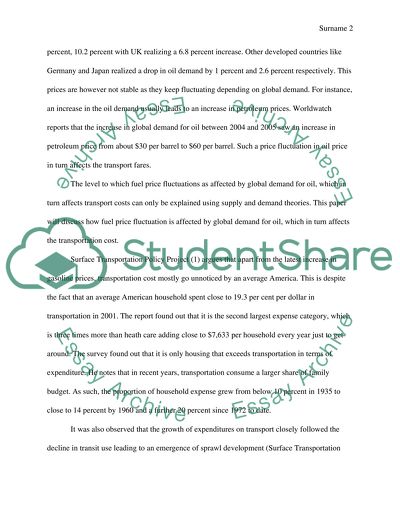Cite this document
(“Transportation Cost Fluctuation Due to Changing Crude Oil Prices Essay”, n.d.)
Retrieved from https://studentshare.org/macro-microeconomics/1397116-transportation-cost-fluctuation-due-to-changing-crude-oil-prices
Retrieved from https://studentshare.org/macro-microeconomics/1397116-transportation-cost-fluctuation-due-to-changing-crude-oil-prices
(Transportation Cost Fluctuation Due to Changing Crude Oil Prices Essay)
https://studentshare.org/macro-microeconomics/1397116-transportation-cost-fluctuation-due-to-changing-crude-oil-prices.
https://studentshare.org/macro-microeconomics/1397116-transportation-cost-fluctuation-due-to-changing-crude-oil-prices.
“Transportation Cost Fluctuation Due to Changing Crude Oil Prices Essay”, n.d. https://studentshare.org/macro-microeconomics/1397116-transportation-cost-fluctuation-due-to-changing-crude-oil-prices.


